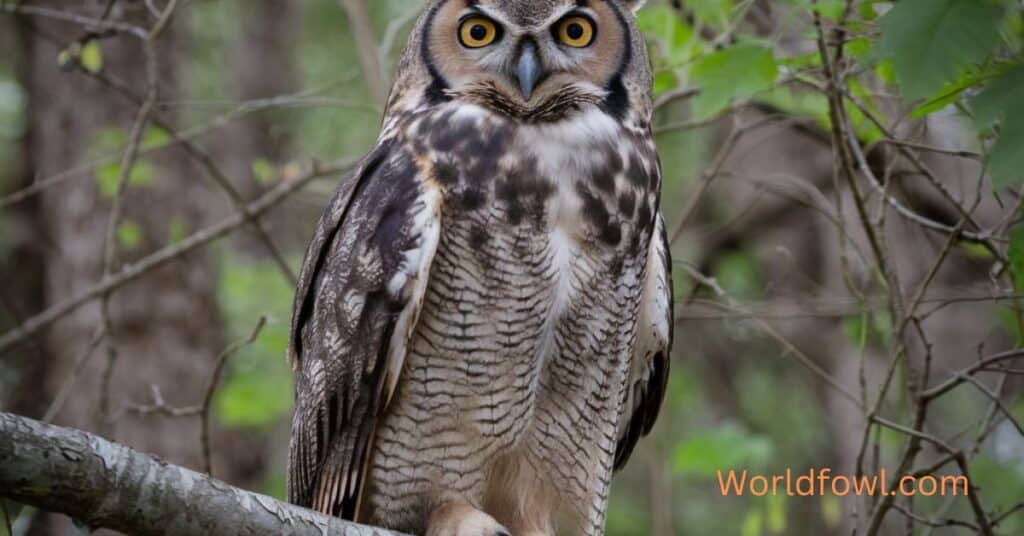Owls have captivated human imagination for centuries. These nocturnal birds of prey are not only remarkable hunters but also fascinating creatures when it comes to their biology and habits. One aspect that often intrigues both enthusiasts and casual observers alike is the question: Do Owls Poop The Truth Revealed? In this post, we’ll dive deep into the world of owl poop, the formation of owl pellets, and the intricate processes that govern their digestion.
Understanding Owl Digestive Processes
To answer the question, “Do Owls Poop The Truth Revealed?” we first need to understand how their digestive system works. Owls possess a unique digestive system that allows them to efficiently process their prey. Unlike many birds, owls have a specialized method of digestion that involves both the breakdown of food and the expulsion of indigestible parts through regurgitation.
The Owl’s Digestive Tract
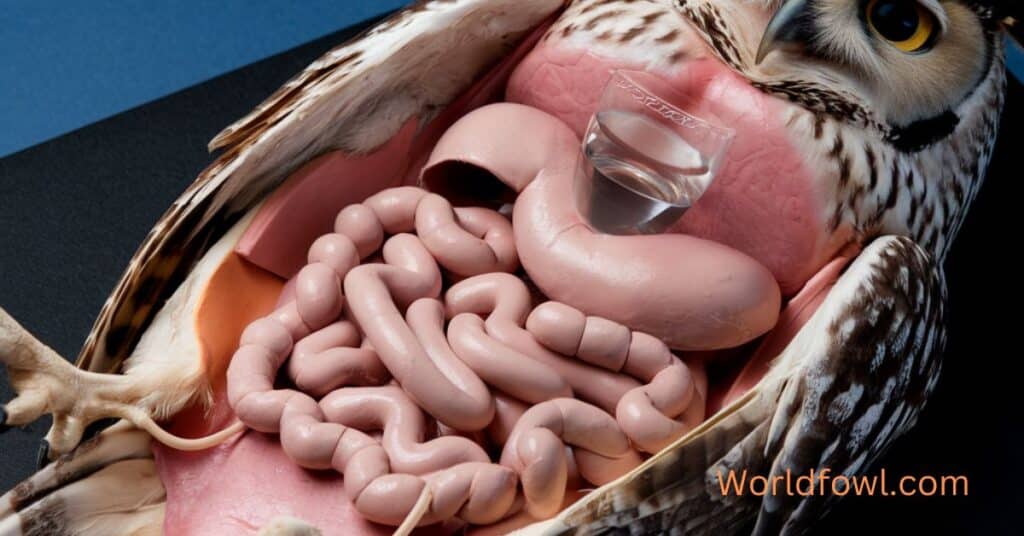
The digestive tract of an owl consists of several key components that work together to ensure efficient digestion:
- Beak: The beak of an owl is sharp and powerful, allowing it to capture and tear apart its prey. This initial mechanical breakdown of food is essential for the subsequent digestive processes.
- Esophagus: Once food is captured, it travels down the esophagus, a muscular tube that connects the throat to the stomach. The esophagus plays a crucial role in transporting food quickly to the stomach.
- Proventriculus: This is the glandular stomach where food is initially digested. Digestive enzymes and acids break down proteins and other nutrients in this section.
- Ventriculus (Gizzard): The gizzard is a muscular stomach that grinds the food into smaller particles. This process is particularly important for owls, as it helps break down hard materials like bones.
- Cloaca: The cloaca is the common exit point for feces and urine. It is here that we can directly answer the question: do owls poop? Yes, owls do poop, and their droppings are a crucial part of their digestive process.
Owls primarily consume small mammals, birds, and insects. The prey’s soft tissues are digested in the proventriculus, while bones, fur, and feathers are passed into the gizzard for grinding.
The Role of Digestive Enzymes
Digestive enzymes play a crucial role in breaking down the food owls consume. Key enzymes in an owl’s stomach include:
- Proteases: These enzymes break down proteins into amino acids, which are essential for growth and maintenance.
- Lipases: These enzymes help break down fats into fatty acids and glycerol, providing energy for the owl.
- Amylases: These enzymes break down carbohydrates into simple sugars, which serve as another energy source.
The effective action of these enzymes ensures that the owl extracts as much nutrition as possible from its meal, leaving only the indigestible parts to be expelled later as pellets.
Owl Pellets: Nature’s Recycling
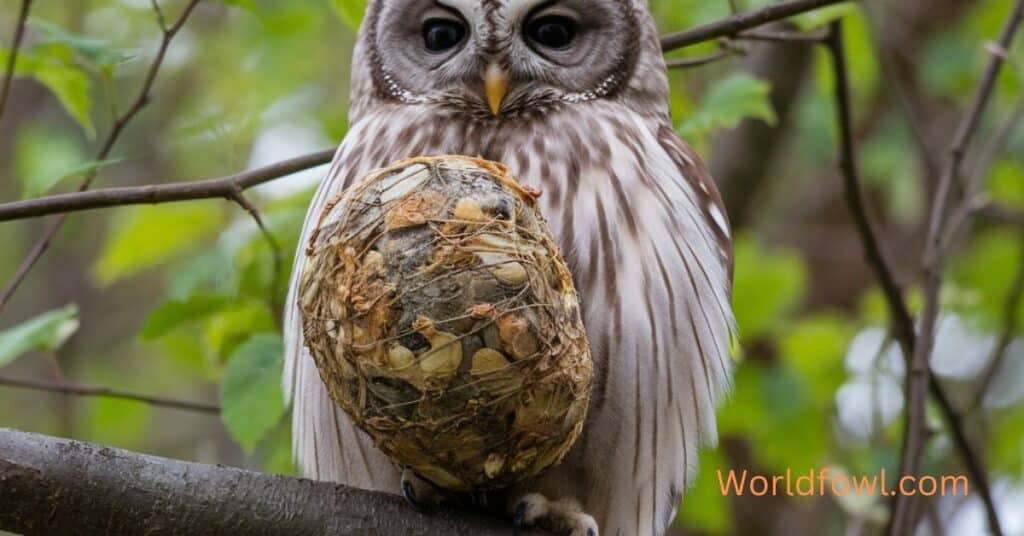
do owls poop? After the owl has digested its meal, it regurgitates the indigestible parts in the form of owl pellets. These pellets are compact, cylindrical masses that contain the remnants of bones, fur, and feathers. The regurgitation of pellets is a key part of the owl’s digestive process and serves several ecological functions.
Composition of Owl Pellets
Here’s a breakdown of what you might find in an owl pellet:
| Component | Description |
| Bones | Remains of small mammals or birds |
| Fur | Hair from prey animals |
| Feathers | From birds consumed by the owl |
| Other Debris | Insects and plant material |
The Process of Regurgitation
Regurgitation is a fascinating aspect of owl digestion. After the owl has processed its meal, the indigestible parts are compacted into a pellet in the gizzard. This pellet is then pushed back up the esophagus and expelled through the cloaca.
So, to reiterate, do owls poop? Yes, they do, but the majority of indigestible material is expelled as pellets rather than as traditional droppings.
Key facts about owl regurgitation:
- Timing: This process usually occurs 10-12 hours after feeding. The timing can vary based on the size of the meal and the owl’s activity level.
- Frequency: Owls may regurgitate pellets several times a day, depending on their feeding habits and the size of their prey.
- Size: Pellets can range from 1 to 5 inches in length, depending on the size of the owl and the type of prey consumed.
you may also like : Why Are House Sparrows Bad? Reasons and Solutions
Owl Droppings vs. Owl Pellets
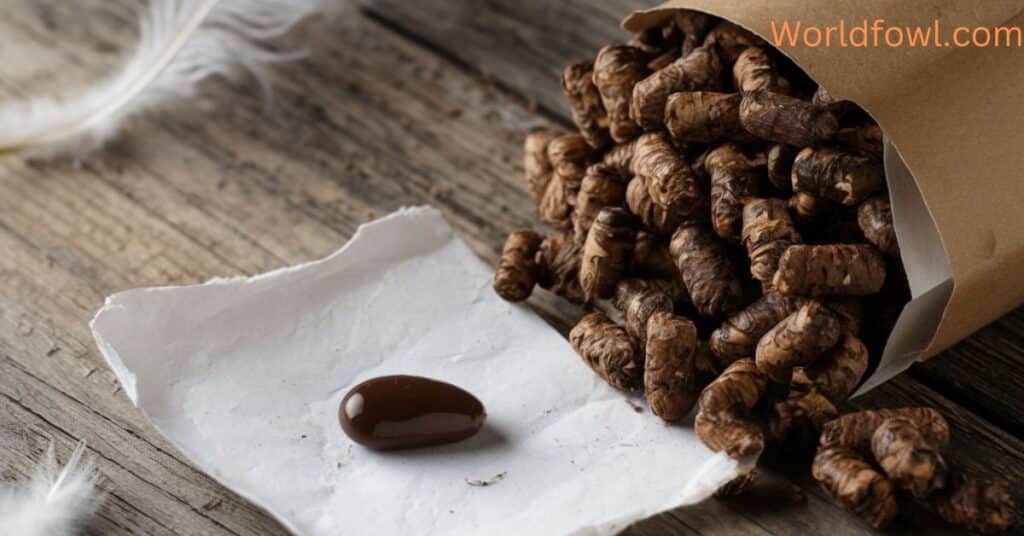
While owl pellets contain the indigestible parts of food, owl droppings (or feces) are the soft excretions that result from the digestive process. Here’s a comparison of the two:
| Feature | Owl Droppings | Owl Pellets |
| Composition | Liquid form, mainly uric acid | Indigestible parts (bones, fur) |
| Appearance | Dark, often with a whitewash | Compact, cylindrical shape |
| Method of Expulsion | Excreted through the cloaca | Regurgitated from the gizzard |
The Science Behind Owl Droppings
Owl droppings consist mainly of uric acid, a byproduct of protein metabolism. Unlike mammals, owls do not produce urea, making their waste less liquid and more concentrated.
Why Uric Acid?
- Water Conservation: Uric acid requires less water to excrete, making it advantageous for owls, which often inhabit arid environments.
- Nutrient Recycling: The high nitrogen content in uric acid can be beneficial for soil when the droppings decompose.
The Impact of Owl Droppings on Ecosystems
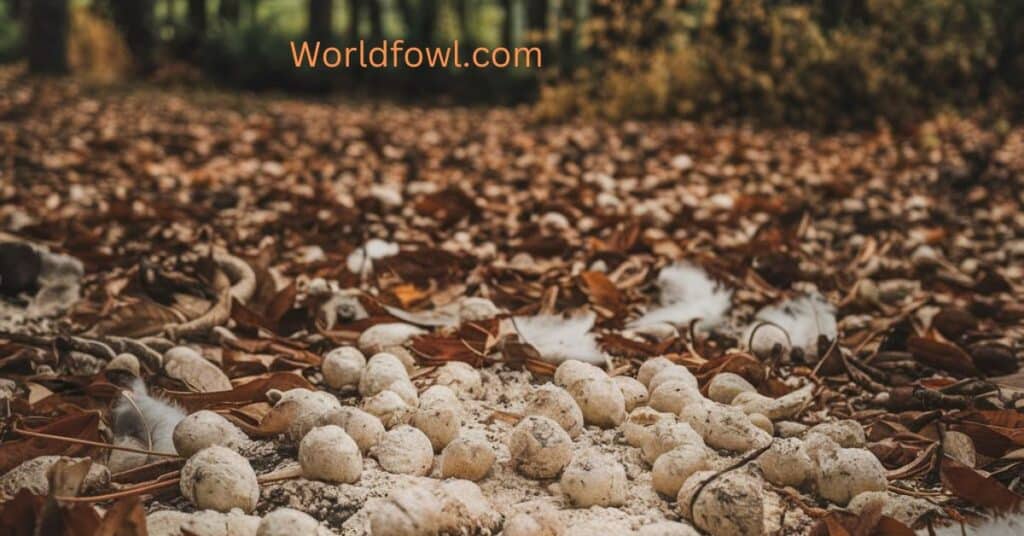
Owl droppings play a significant role in nutrient cycling within their ecosystems. When owls excrete their waste, it contributes essential nutrients back into the soil, promoting plant growth.
Benefits of Owl Droppings
- Soil Fertility: Enriches the soil with nitrogen and other nutrients, helping plants thrive.
- Biodiversity: Supports a variety of plant species, which in turn supports other wildlife, creating a balanced ecosystem.
- Pest Control: By regulating rodent populations, owls help maintain ecological balance and prevent the overpopulation of pests.
you can also read : Do Hawks Hunt At Night – The Truth Revealed
Whitewash: The Sign of Owls

One of the most noticeable signs of owl activity is whitewash—the white, chalky substance often found beneath roosting sites. This whitewash consists mainly of uric acid and can indicate the presence of owls in an area.
Identifying Whitewash
- Appearance: White and chalky, often with a crusty texture. This substance can accumulate over time, creating a noticeable mark beneath frequent perching sites.
- Location: Commonly found under tree branches, ledges, or other perching spots. Birdwatchers and naturalists often look for whitewash as a sign of nearby owl activity.
Case Studies: Owl Pellet Analysis
Biologists and ecologists often study owl pellets to glean insights into local ecosystems. By analyzing the contents of owl pellets, researchers can determine:
- Prey Diversity: The variety of species consumed by owls in a particular area, which helps understand local biodiversity.
- Population Dynamics: Changes in prey populations over time, which can indicate shifts in environmental conditions or ecosystem health.
- Ecosystem Health: Indicators of environmental changes based on prey availability, such as habitat destruction or climate change impacts.
For example, a study in the Midwest USA found that the diet of barn owls shifted significantly during drought years, reflecting the scarcity of small mammals. This highlights the adaptability of owls and their role as indicators of ecosystem health.
Fun Facts About Owls
Owls are full of surprises! Here are some fun facts about these intriguing birds: ”Do Owls Poop The Truth Revealed ”
- Variety: There are over 200 species of owls worldwide, each with unique adaptations. From the tiny Elf Owl to the majestic Great Horned Owl, their diversity is impressive.
- Silent Flight: Owls have specialized feathers that allow for nearly silent flight, making them stealthy hunters. The leading edges of their wing feathers have serrated edges that reduce turbulence, allowing them to swoop down on prey without being heard.
- Vision: Owls have excellent night vision, allowing them to hunt effectively in low light conditions. Their large eyes contain a high number of rod cells, which are sensitive to light.
- Head Rotation: Owls can rotate their heads up to 270 degrees, allowing them to see in various directions without moving their bodies. This adaptation helps them monitor their surroundings for potential threats and prey.
- Cultural Significance: Throughout history, owls have been symbols of wisdom and knowledge in many cultures.
you may also like : Finches in North Carolina – The Complete Guide
The Role of Owls in Ecosystems
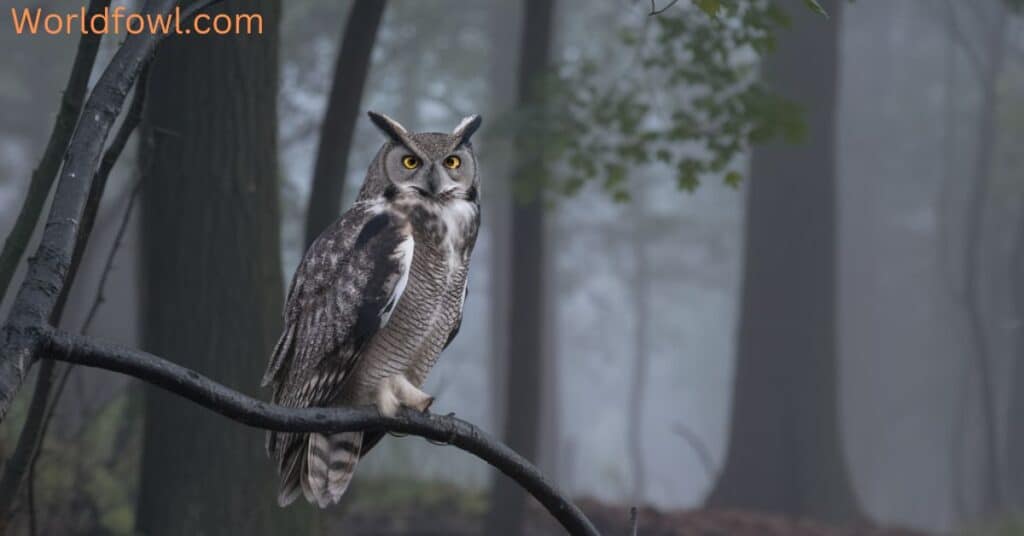
Owls are apex predators in many ecosystems, meaning they are at the top of the food chain. Their presence indicates a healthy environment, as they help control populations of rodents and other small animals.
Predator-Prey Dynamics
The relationship between owls and their prey is a classic example of predator-prey dynamics. By keeping rodent populations in check, owls contribute to the balance of their ecosystems.
- Rodent Control: A single owl can consume several rodents in one night. This predation helps prevent overpopulation, which can lead to crop damage and the spread of disease.
- Biodiversity: By preying on various species, owls help maintain biodiversity. Their hunting habits can influence the populations of other predators and prey in the ecosystem.
Conservation Efforts for Owls
Despite their ecological importance, many owl species face threats due to habitat loss, climate change, and human activity. Conservation efforts are crucial for protecting these birds and their habitats.
Key Conservation Strategies
- Habitat Protection: Preserving natural habitats is essential for the survival of owls. This includes protecting forests, grasslands, and wetlands where owls nest and hunt.
- Public Education: Raising awareness about the importance of owls in ecosystems can encourage conservation efforts. Educational programs can engage communities in protecting local wildlife.
- Research and Monitoring: Ongoing research helps scientists understand owl populations and their needs. Monitoring programs can track changes in populations and habitats, guiding conservation efforts.
- Community Involvement: Engaging local communities in conservation initiatives fosters a sense of stewardship. Citizen science programs that involve people in owl monitoring can enhance conservation efforts.
The Importance of Owl Research
Research on owls provides valuable insights into their behavior, ecology, and conservation needs. Scientists use various methods to study owls, including:
- Pellet Analysis: By examining the contents of owl pellets, researchers can gather data on owl diets, prey availability, and ecosystem health.
- Tracking and Banding: Researchers often use tracking devices or banding techniques to study owl movement patterns, breeding success, and habitat use.
- Genetic Studies: Analyzing genetic material can reveal information about owl population structure and diversity, which is critical for conservation planning.
The Fascination with Owl Watching
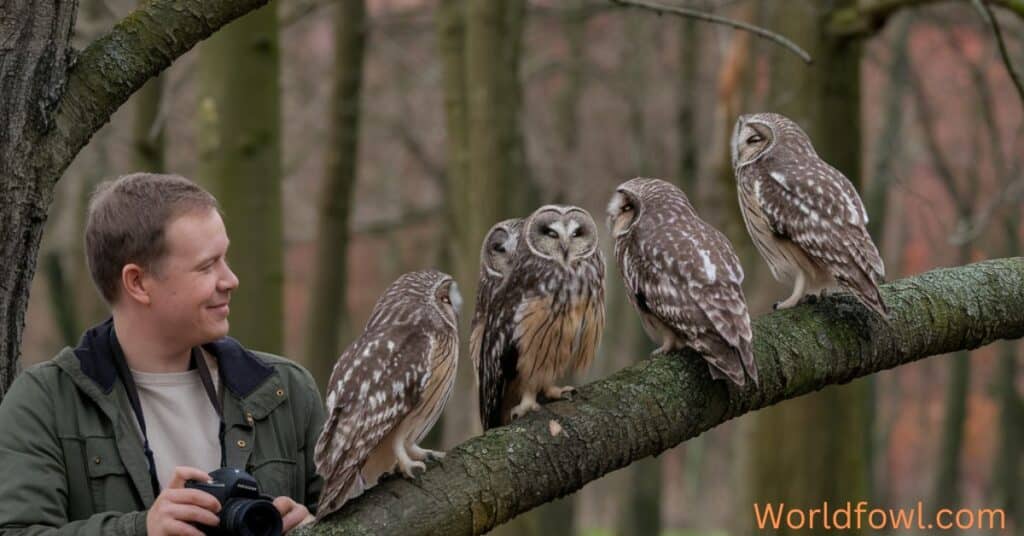
Owl watching has become a popular pastime for nature enthusiasts. Observing these elusive birds in their natural habitat can be a rewarding experience.
Tips for Owl Watching
- Know the Best Locations: Research local areas where owls are known to roost or hunt. National parks, wildlife reserves, and forests are often good places to start.
- Be Quiet and Patient: Owls are sensitive to noise and disturbance. Approach quietly and be prepared to wait for them to appear.
- Use Binoculars: A good pair of binoculars can enhance your viewing experience, allowing you to see details from a distance.
- Learn About Their Calls: Familiarize yourself with the sounds different owl species make. This knowledge can help you locate them more easily.
- Respect Their Space: Always observe owls from a distance and avoid disturbing their natural behaviors. Respecting wildlife is crucial for their conservation.
you can like : Do Vultures Attack Humans? Here’s What You Need To Know
The Future of Owls
The future of owls depends on ongoing conservation efforts and our understanding of their ecological roles. As we learn more about these remarkable birds, we can better protect them and their habitats for generations to come.
Challenges Ahead
- Climate Change: Changes in climate can impact prey availability and nesting sites for owls, making it essential to monitor these effects.
- Urbanization: As human populations grow and expand, owl habitats are often threatened by development and land use changes.
- Pollution: Pesticides and other pollutants can have harmful effects on owl populations by reducing prey availability and compromising reproductive success.
Conclusion: Do Owls Poop The Truth Revealed
Owls are remarkable creatures that play a vital role in maintaining ecological balance. Their unique digestive processes, including the formation of owl pellets and the expulsion of owl droppings, contribute to nutrient cycling and the health of their ecosystems.
So, when you ask, Do Owls Poop The Truth Revealed ? The answer is yes, and it’s an essential part of their biology and ecological role. Understanding these processes not only enhances our appreciation for owls but also emphasizes the importance of conservation efforts to protect these incredible birds and their habitats.
Call to Action
If you’re interested in learning more about owls and their ecological roles, consider participating in local wildlife observation programs or supporting conservation organizations dedicated to protecting these fascinating birds. Together, we can ensure that future generations can marvel at the wonder of owls and their vital contributions to our natural world.
Owls are not just symbols of wisdom; they are essential components of our ecosystems. By respecting their habitats and advocating for their conservation, we can help ensure that these incredible birds continue to thrive in the wild. Whether through education, research, or simply enjoying the beauty of nature, each of us can play a role in protecting owls and the environments they inhabit.
In conclusion, as we explore the question, Do Owls Poop The Truth Revealed, we find that their droppings and pellets are not just waste products; they are vital components of the ecosystems they inhabit. By understanding and appreciating owls, we can contribute to their conservation and ensure they remain a part of our natural heritage.

Henry James is a seasoned blogger and a passionate storyteller on “World Fowl.” With years of experience crafting engaging content, he brings a unique blend of expertise and creativity to his writing. Henry specializes in exploring diverse topics with depth and clarity, captivating readers worldwide.

